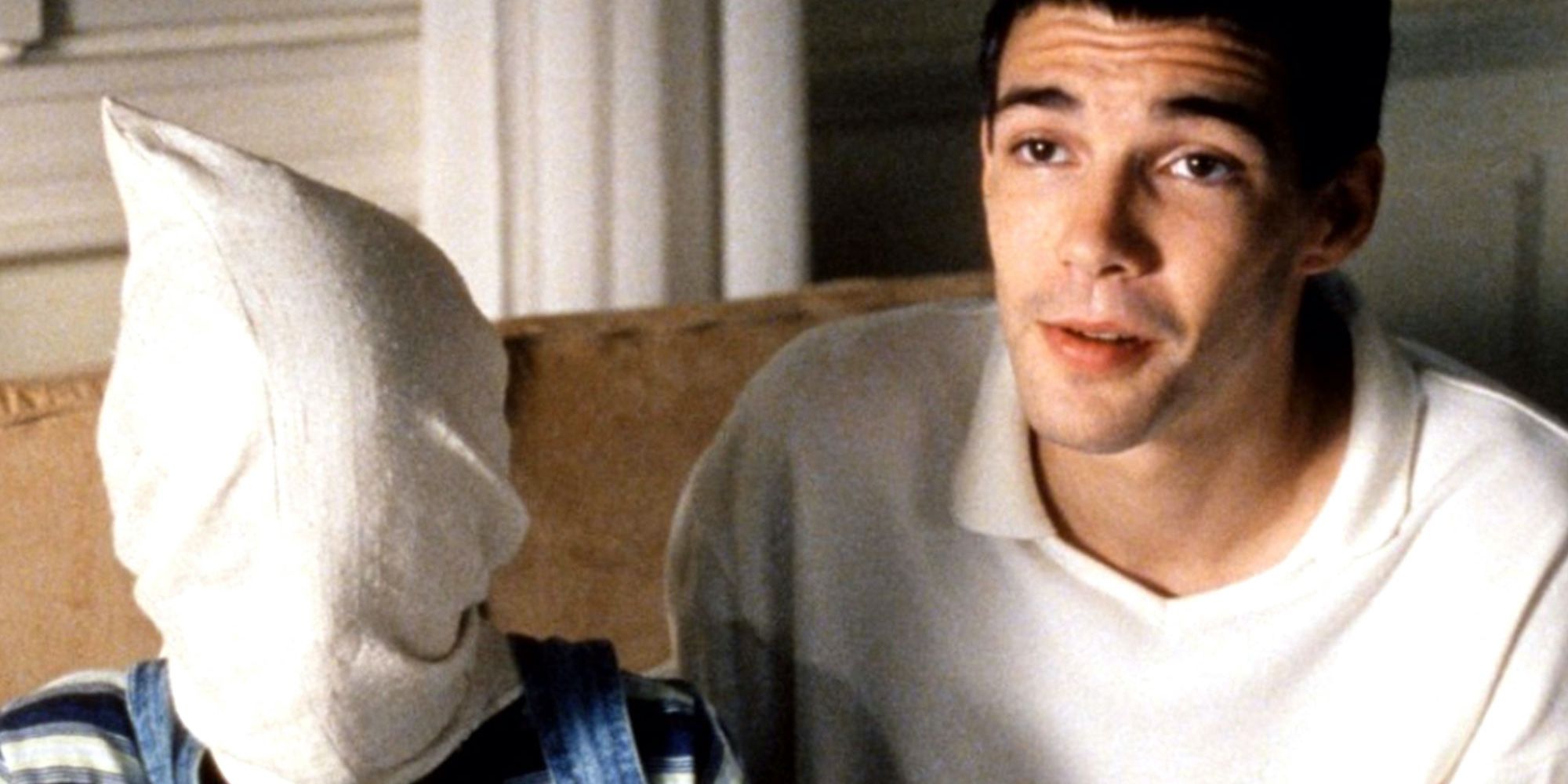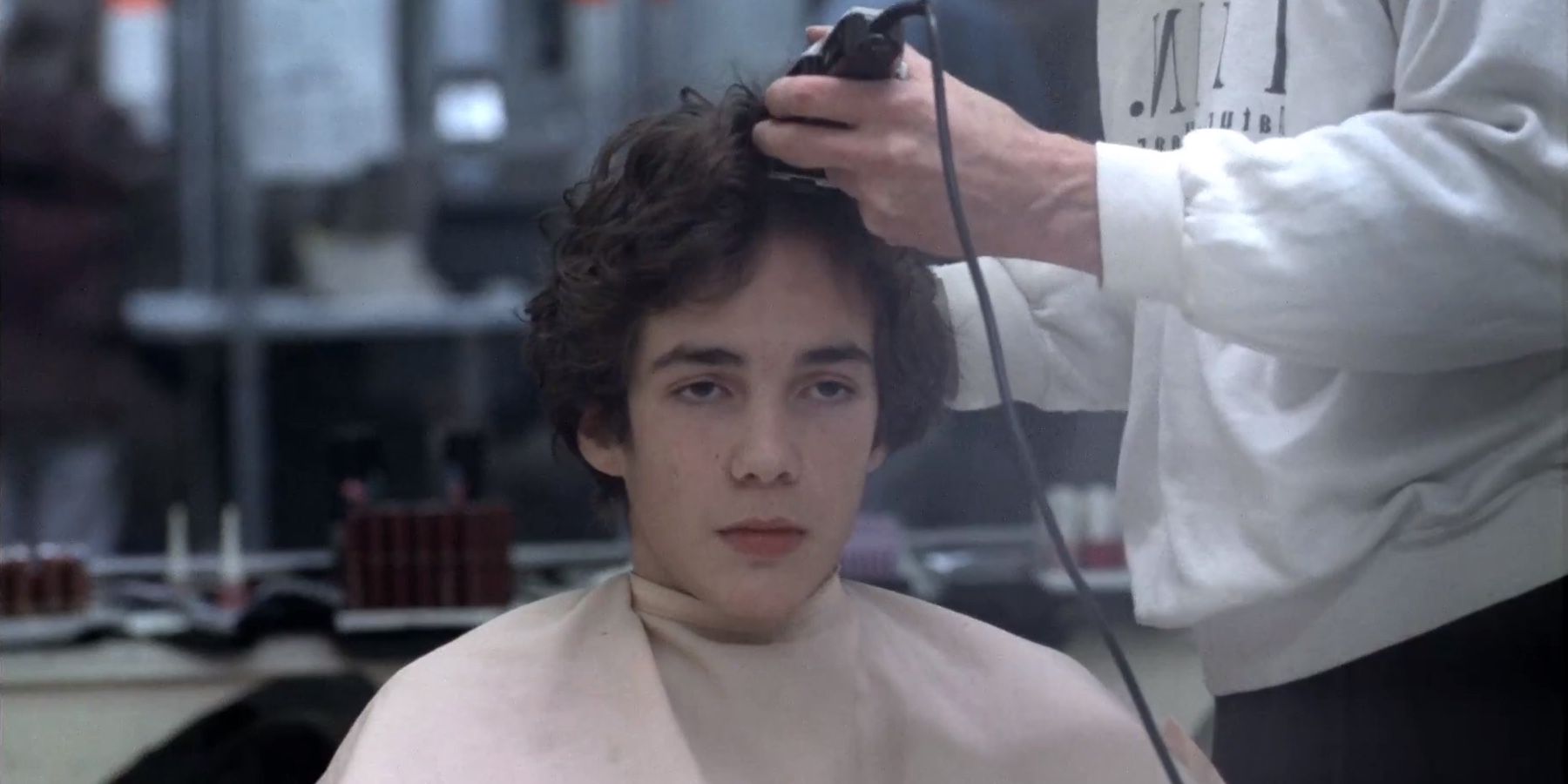Directors play significant roles in film, tv, plays, etc. They are the person in charge of managing a department or production. Directors are essential, but it takes a particular type of director to be considered an auteur. Whereas directors are in charge, an auteur is also known as a creative artist with a specific artistic vision.
American film critic Andrew Sarris phrased the term Auteur Theory in his 1962 essay, Notes on the Auteur Theory. The concept of Auteur Theory declares the director is the author of the film because it is his personal message that is executed. Sarris lists several rules that an Auteur must adhere to: being a good director, must exhibit a particular characteristic inherent in most of his work, and the interior meaning of a film is a combination of the director’s personality and material. Austrian Filmmaker and screenwriter Michael Haneke (Funny Games, Benny’s Video) checkpoints all of these rules, which is why Haneke is considered an Auteur in many eyes.
Haneke has been known since the 1970s for presenting the stark reality of western society’s violence and chaos. Haneke is often referred to as an auteur director, and in regards to Auteur Theory, Haneke fits the definition. Haneke directs, writes, or co-writes all of his films. It is his story that he is telling, and he relays it with his unique artistic vision. He uses unconventional camera placement and film shots to convey his thoughts. In films such as Funny Games (1997/2007), Benny’s Video (1992), Caché (2005), and Amour (2012), the editing, scene lengths, blocking, and lighting are the visual elements he employs as opposed to just plotline to get his message across. He is involved with every detail in the production of his vision. Michael Haneke is undoubtedly an auteur director in that he is a filmmaker who has placed his stamp with an identifiable style and complete control over all his films.
Haneke utilizes film as his canvas to present his themes and write his stories. Not every director is an author or an auteur; however, a director can be the author of the film without having written the screenplay. Yet, he is not the auteur then because he wasn’t involved in every aspect if not involved in the writing. The question of authorship is essential in every art form and is needed in the film to qualify as art. Painting, novels, and poetry are the individual author’s work, but with film, which is a collaborative effort, the idea of authorship can be blurred. However, if the dominant creative force of a movie is the director, he deserves the title of authorship.
Realism and formalism intersect throughout Haneke’s films; his stories delve into realism as they revolve around “normal” people who go through terrible things: The husband and wife in Amour are preparing dinner in their usual fashion with seemingly nothing out of place while discussing her impending death. In Funny Games, a neighbor comes to borrow eggs and then sets out to annihilate the entire family. The scenes are shot in long takes where the camera does not move, giving a more formalistic technique. Haneke’s personal aesthetic is in the senseless and unmotivated violence present in all of his films. He often places the violence of a scene in an off-camera place. A character is grabbing food out of the refrigerator; that’s what the viewers see while the sounds of murdering someone are emanating from the other room.
After watching one or two films by Haneke, it becomes pretty easy to identify his work in all his movies. His long uninterrupted takes where the camera lingers, his use of other media in his films such as the DVDs in Caché, cameras in Benny’s Video, and themes of trauma and social decay, are techniques and storyline that become familiar to the audience. The ending of a Haneke film will always leave a very frustrated observer with more questions than answers. His films have that in common with a Hitchcock film ending. While viewing several of his movies and understanding the commonality throughout his movies, one can see that Michael Haneke is the author of his films and certainly meets all the qualifications of an auteur.
Haneke’s films explore the social issues and suffering of people in modern society, and he depicts these in a very realistic, ugly, and often alarming manner. His themes are similar in many of his movies, with violence being the preeminent force; the violence portrayed is never gratuitous and, in fact, more often quite covert. This director gives the audience a glimpse of mayhem while leaving the ugliest part of the violence filled in by the viewer’s imagination. In his film Amour, the violence is not as obvious as a person wielding a gun or knife; the perpetrator is disguised as old age and disease. There is no bloodshed or outright physical violence, yet the viewer sees the slow and painful decline of the characters as an identifiable Haneke theme.
As these auteur filmmakers such as Michael Haneke grow older, and their work begins to decline in quantity, a new group of auteurs is arising on the scene, including Alejandro Gonzalez (Amores Perros, Birdman) and Christopher Nolan (The Dark Night). They’re utilizing new technologies and new platforms that social media allows them to do. However, the new technology incorporates what Haneke began. The same elements that applied to his authorship apply to this new breed of auteurs. In this way, Haneke’s work lives on as he hands over the torch to this new batch of filmmakers as they too put their personal stamp on their art.


